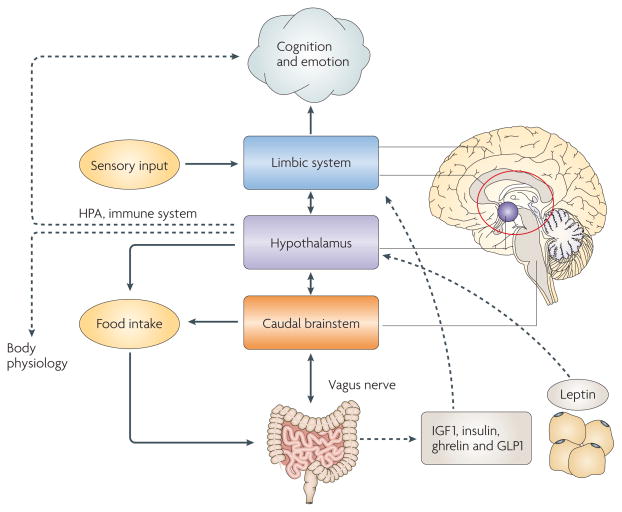Figure 1. Effects of feeding on cognition.
Neural circuits that are involved in feeding behaviour show precise coordination with brain centres that modulate energy homeostasis and cognitive function. The effects of food on cognition and emotions can start before the act of feeding itself, as the recollection of foods through olfactory and visual sensory inputs alters the emotional status of the brain. The ingestion of foods triggers the release of hormones or peptides, such as insulin and glucagon-like peptide 1 (GLP1)31, into the circulation (see REF. 31 for a review); these substances can then reach centres such as the hypothalamus and the hippocampus and activate signal-transduction pathways that promote synaptic activity and contribute to learning and memory. In turn, the lack of food that is signalled by an empty stomach can elicit the release of ghrelin, which can also support synaptic plasticity and cognitive function. Chemical messages derived from adipose tissue through leptin can activate specific receptors in the hippocampus and the hypothalamus, and influence learning and memory. The positive actions of leptin on hippocampus-dependent synaptic plasticity — that is, its actions on NMDA (N-methyl-_-aspartate) receptor function and long-term potentiation facilitation — are well characterized (see REF. 13 for a review). Insulin-like growth factor 1 (IGF1) is produced by the liver and by skeletal muscle in response to signals derived from metabolism and exercise. IGF1 can signal to neurons in the hypothalamus and the hippocampus, with resulting effects on learning and memory performance. In addition to regulating appetite, the hypothalamus coordinates activity in the gut and integrates visceral function with limbic-system structures such as the hippocampus, the amyg-dala and the cerebral cortex. Visceral signals can also modulate cognition and body physiology through the hypothalamic–pituitary axis (HPA). The effects of the hypothalamus can also involve the immune system, as it heavily innervates the thymus and several immune-system molecules can affect synaptic plasticity and cognition. The parasympathetic innervation of the gut by the vagus nerve provides sensory information to the brain, enabling gut activity to influence emotions. In turn, emotions can also influence the viscera through parasympathetic efferents in the vagus nerve. Vagal nerve stimulation is being used therapeutically to treat chronic depression.

